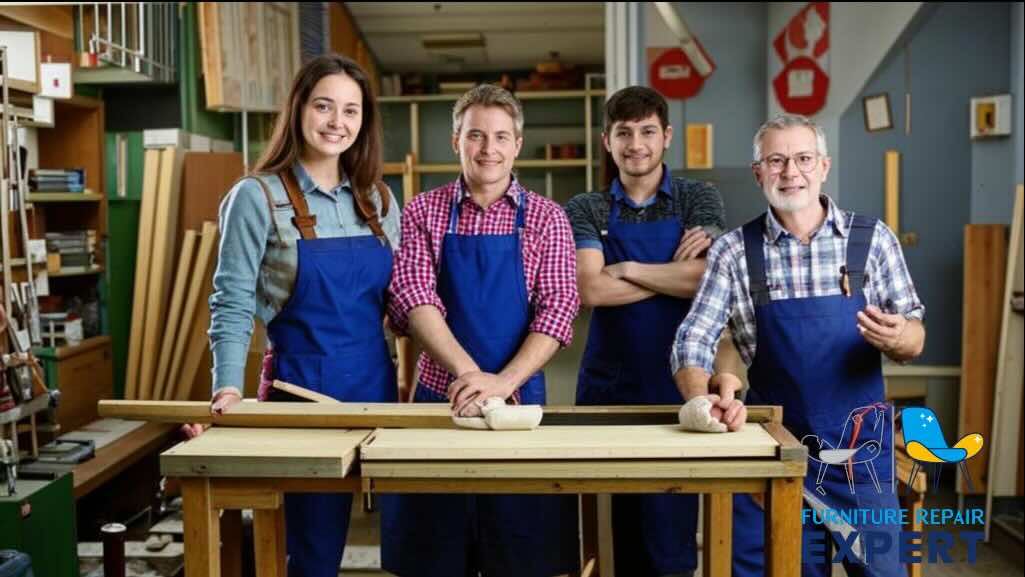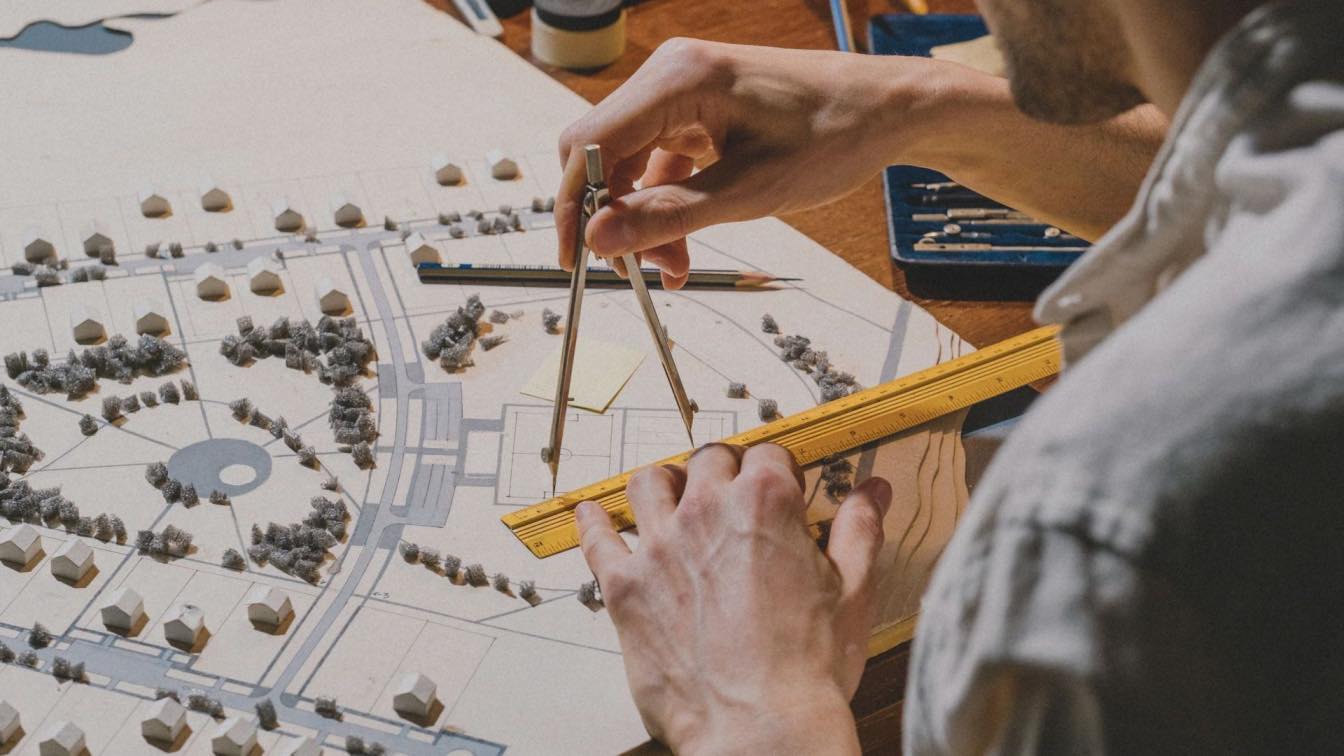Antique restoration is a delicate and intricate process that involves bringing historical artifacts back to their original glory while maintaining their authenticity. This practice requires a deep understanding of art, history, and craftsmanship, combined with technical skills and a passion for preservation. Whether it's a cherished family heirloom or a valuable piece from a collector, restoring antiques ensures that these treasures can be appreciated for generations to come.
Understanding Antique Restoration
Antique restoration differs from mere repair in that it focuses on preserving the historical and aesthetic value of the piece. The goal is not only to fix what is broken but to do so in a way that respects the original materials, techniques, and style. This can involve everything from repairing damaged wood and metal to replacing missing parts with period-accurate materials.
Key Principles of Restoration
1. Historical Accuracy: Restorers must have a thorough knowledge of the period from which the piece originates. This includes understanding the materials, construction techniques, and artistic styles of the time. Research and documentation are critical in ensuring that the restoration process respects the piece's historical context.
2. Conservation: While restoration aims to return an object to its original condition, conservation focuses on stabilizing and preserving it as it is. This means making minimal interventions to prevent further deterioration while maintaining as much of the original material as possible.
3. Reversibility: Any restoration work should be reversible, allowing future restorers to undo the work if better techniques or more information become available. This principle helps protect the integrity of the antique for the long term.
4. Ethical Considerations: Ethical restoration respects the original creator's intentions and avoids altering the piece's character. This means not over-restoring or making modifications that the original artist or craftsman would not have intended.
The Restoration Process
Assessment and Planning
The first step in any restoration project is a thorough assessment of the piece. This involves:
Evaluating the Condition: Identifying all areas of damage or wear, from structural issues to surface blemishes.
Research: Gathering information about the piece’s history, including its origin, materials, and previous repairs.
Planning: Developing a detailed plan for restoration, including the techniques and materials to be used, and estimating the time and cost involved.
Cleaning
Proper cleaning is essential to reveal the true condition of the antique. This can involve:
Surface Cleaning: Removing dust, dirt, and grime without damaging the original finish.
Deep Cleaning: Using specialized solutions to remove old varnish, wax, or paint, taking care not to harm the underlying material.
Repair and Restoration
Once the piece is cleaned, the actual restoration work can begin:
Structural Repairs: Fixing broken parts, stabilizing joints, and addressing any issues that compromise the piece’s integrity.
Surface Repairs: Filling cracks, chips, and holes, and retouching any damaged areas.
Refinishing: Applying new finishes, such as varnish or paint, to match the original appearance. This may also involve reupholstering furniture with period-appropriate fabrics.
Final Touches
After the major repairs and refinishing are complete, the restorer adds the finishing touches:
Polishing: Buffing and polishing to bring out the natural beauty of the materials.
Detailing: Restoring or replacing intricate details, such as inlays, carvings, or hardware, to their original condition.
Choosing a Professional Restorer
Restoring antiques requires a high level of skill and expertise. When choosing a professional restorer, consider the following:
Experience: Look for a restorer with a proven track record in Antique Restoration. Ask for examples of previous work and check references.
Specialization: Ensure the restorer has experience with the type of antique you need restored, whether it’s furniture, artwork, or metalwork.
Reputation: Research the restorer’s reputation within the antiques community. A good restorer will be known for their meticulous work and ethical practices.
Transparency: A professional restorer should provide a clear plan and cost estimate, and be open about the techniques and materials they will use.
Conclusion
For those seeking expert antique restoration services, Furniture Repair Expert offers comprehensive solutions to meet all your restoration needs. With a team of skilled craftsmen dedicated to preserving the beauty and integrity of your antiques, they provide top-notch service tailored to each unique piece.





